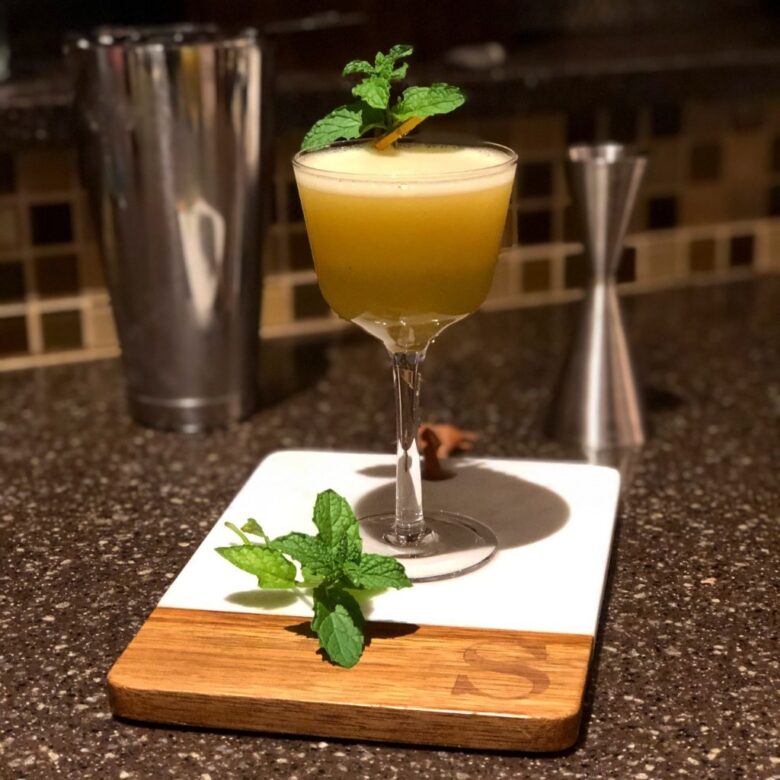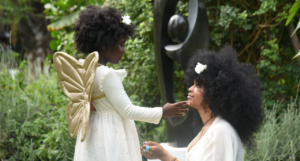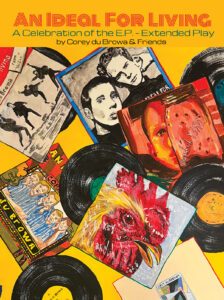Happy National Rum Day
Old Cuban – recipe below.
In honor of National Rum Day last Sunday, August 15th, it seems to be a great time to take a deep dive into the spirit. Most people think – and loudly proclaim – that whiskey, and more specifically Bourbon, is America’s national spirit. But to be honest, that title should be given to rum. Whiskey, bourbon, and scotch are all kissing cousins, and all share a common lineage back to the Irish monks in the 12th Century. Rum, however, is a new world spirit. Born of out of worthlessness and though hard work, made precious.

People have made alcohol for longer than human civilization has existed, and from virtually every fruit, root, and vegetable you can imagine. Rum, however, is unique in that it is made from an industrial waste. Columbus brought sugar cane to the Caribbean from the Canary Islands on his second trip to the New World. It got off to a bumpy start, but by 1516 sugar began being shipped back to Europe. Soon it was everywhere, and it took off like a weed. The islands of the Caribbean and surrounding land became filthy rich as Europeans became increasingly addicted to sugar. But the manufacture of the sugar from the cane resulted in a great deal of black sludge waste – unrefined molasses and black treacle. There was so much molasses that sugar plantation owners resorted to dumping it into the ocean.
The African slaves, who did the back breaking and dangerous work of harvesting and pressing the cane, realized that the waste could be fermented and turned into a disgusting, but alcoholic drink. The first distilled and refined spirit is thought to have been created on the island of Barbados, although it appeared throughout the Caribbean and in Brazil at about the same time. A 1651 document states, “The chief fuddling they make in the island [Barbados] is Rumbullion, alias Kill-Divil, and this is made of sugar canes distilled, a hot, hellish, and terrible liquor.”

By the second half of the 1700s, rum became the exchange-alcohol of choice, replacing brandy, and was also used as a form of currency. The money flowing from the sugar plantations, especially when slave labor was free, was staggering. It was cheap to produce and easy for the colonies to obtain, so it became the drink of choice before and after the American Revolution. Soon distilleries began popping up on the continent, starting in New England and spreading up and down the Atlantic coast. At the time of the revolution, every man, woman, and child in the colonies was consuming 14 liters of rum a year on average.
By the 1760s rum accounted for 80% of the exports from New England, and despite what you may have read about tea, the enforcement of the Sugar Act of 1764 by the English may have been the final straw that started the continent on their way toward independence.
It wasn’t until restrictions on sugar from the Caribbean were enacted, combined with the growing American Whisky trade, that rum started to see its role in the economic development of America fade. Over the next several generations, rum fell into the alcohol basement – what you purchased when you couldn’t afford real liquor. But the easy (and relatively local) access during Prohibition, with the boost from the Tiki explosion after brought rum into the mainstream once again.
The Old Cuban (from above)
1 1/2oz aged rum
2oz dry champagne
6-8 mint leaves
3/4oz fresh lime juice
2 dashes Angostura bitters
1oz simple syrup
Mint sprig garnish
.
Add everything except the champagne to a shaker filled with ice and shake hard for 15 seconds. Double strain (to catch all the mint leaf pieces) into a chilled cocktail glass. Add champagne and serve.
Next: Rum – Part Two
AotCB-05
Instagram@architecture_of_the_cocktail
Other RUMinations in Architecture of the Cocktail:
HAVE YOU EVER HAD A REAL DAIQUIRI? by Bill Stott
The Golden Age of Cocktails, by Bill Stott
Hogo! by Bill Stott
How about a nice Hawaiian punch? by Bill Stott
“What one rum can’t do, three rums can” by Bill Stott
Yo, ho, ho, and a Bottle of Rum, by Bill Stott
Yo, ho, ho, and a Bottle of Rum – Part II, by Bill Stott
Spirits Up! Black Tot Day, by Bill Stott



